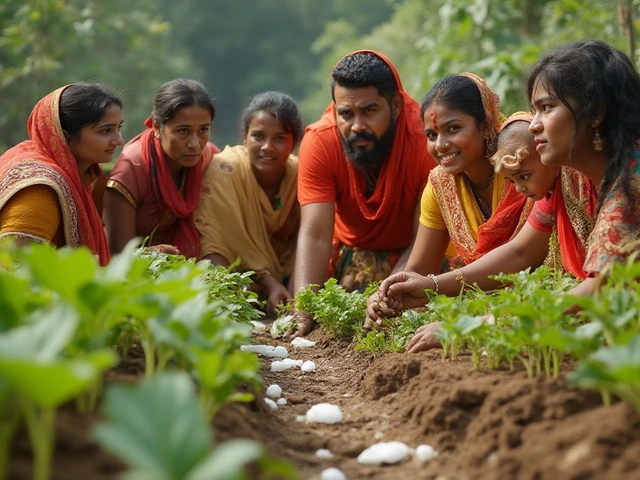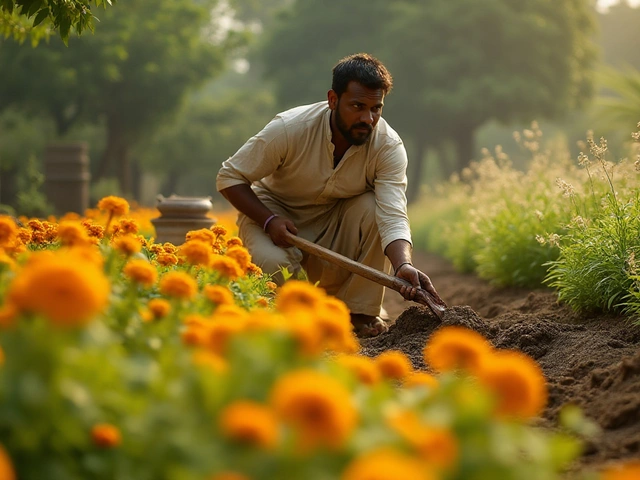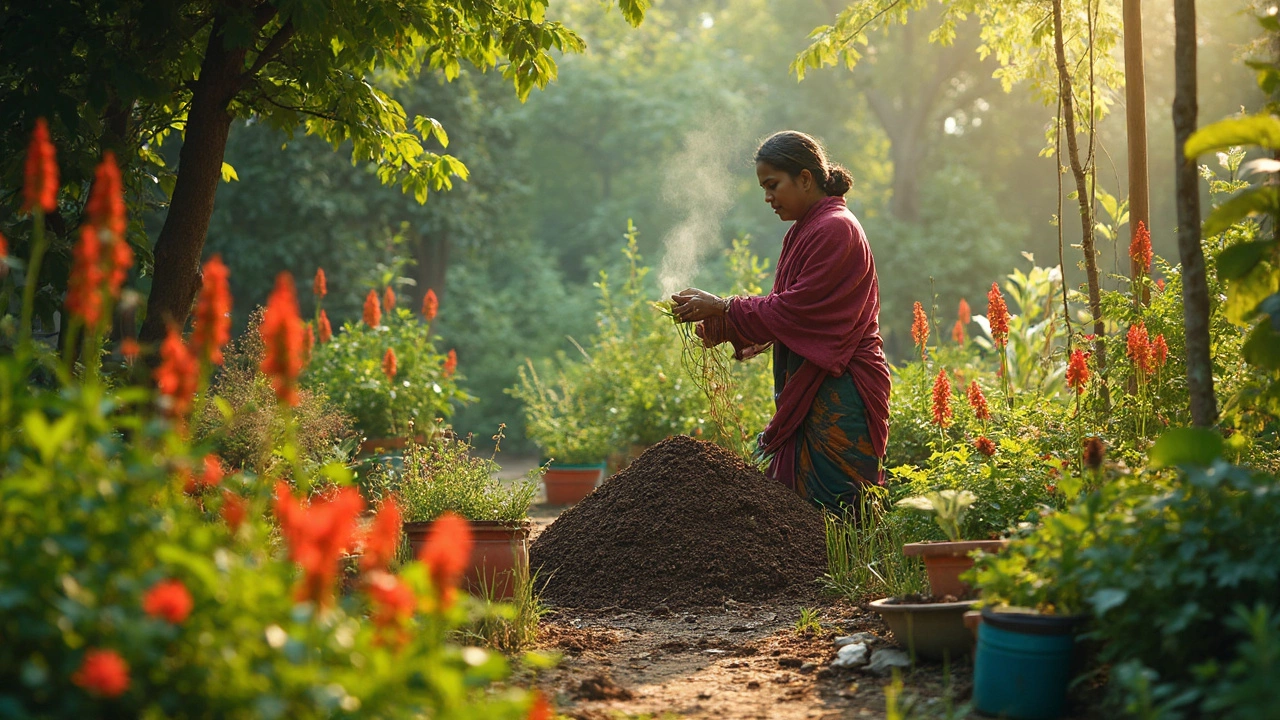Homemade Soil: Easy Recipes for Indian Gardens
If you’re tired of buying expensive bags of soil, making your own is the answer. All you need are things you already have at home or can find locally. The result is a mix that fits your climate, your plant’s needs, and your budget.
Why Make Your Own Soil?
Store‑bought soil often contains cheap fillers and may not match the soil type of your region. By mixing it yourself you control the texture, drainage, and nutrients. This means healthier roots, stronger plants, and less water waste – all very important for Indian gardens where the climate can swing from hot and dry to monsoon wet.
Homemade soil also reduces waste. Kitchen scraps, garden clippings, and even ash from your fire pit become valuable ingredients. You turn trash into treasure and cut down on landfill load.
Three Simple Homemade Soil Mixes
1. General All‑Purpose Mix – Perfect for vegetables, herbs, and most houseplants.
- 1 part garden compost (well‑rotted)
- 1 part good quality sand (coarse, not fine)
- 1 part loam or topsoil (if available)
Mix together, moisten lightly, and let it rest for a day before planting. This blend gives good drainage and enough organic matter for nutrients.
2. Light Mix for Seedlings – Young plants need a softer medium.
- 2 parts coco peat or aged sawdust
- 1 part garden compost
- A pinch of garden lime (to raise pH if soil is acidic)
Blend until smooth. The coco peat holds water without getting soggy, which helps delicate roots grow.
3. Heavy‑Duty Mix for Fruit Trees and Perennials – These plants love deeper roots and steady moisture.
- 2 parts well‑rotted compost
- 1 part garden loam
- 1 part fine river sand
- ½ part garden lime or gypsum (to improve structure)
Spread this mix a few inches deeper than the planting hole and tamp gently. The extra compost feeds the tree for years.
All three mixes can be enriched with natural additives. Add a handful of neem cake for pest resistance, some rock phosphate for phosphorus, or a spoonful of wood ash for potassium. Stir well before using.
Before you fill a pot or bed, always check the texture. Squeeze a handful – it should hold together but crumble easily when you break it. If it’s too compact, add more sand or perlite. If it’s too loose, add more compost.
Water the freshly prepared soil lightly. This helps the ingredients settle and starts the microbial activity that turns organic matter into plant‑available nutrients.
Finally, store any extra mix in a clean, dry container with a lid. Keep it away from direct sunlight to preserve its quality. You can keep it for several months and use it whenever you plant.
Making homemade soil isn’t a one‑time project; it becomes a habit. As you collect more kitchen waste and garden debris, your mix gets richer and more tuned to your garden’s needs. Give it a try this season and watch your plants thrive without breaking the bank.
How to Make Your Own Cheap Soil for Gardening
Making your own garden soil doesn't have to cost a fortune. By using everyday materials like kitchen scraps, fallen leaves, and grass clippings, you can create a nutrient-rich mix that rivals any store-bought option. Discover simple tips and tricks to enhance soil quality and maximize plant growth while saving money. Perfect for home gardeners looking to boost their green space without breaking the bank.
About
Soil Improvement
Latest Posts


Best Fruit and Veg to Grow on a Balcony: Easy Choices for Fresh Harvests
By Alden Thorne May 1, 2025

Is Styrofoam Safe for Vegetable Gardens? The Truth About Using Polystyrene in Gardening
By Alden Thorne Jul 5, 2025

Compost vs Organic Compost: What Really Sets Them Apart?
By Alden Thorne Jun 4, 2025

